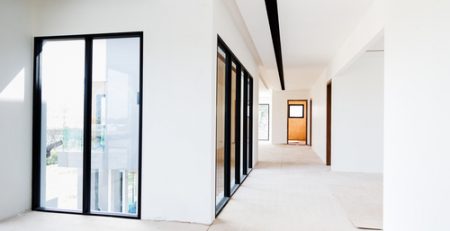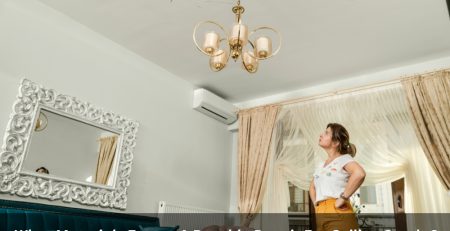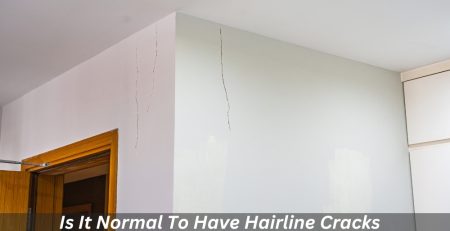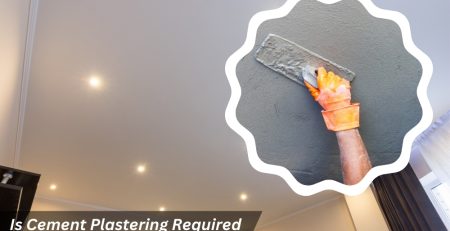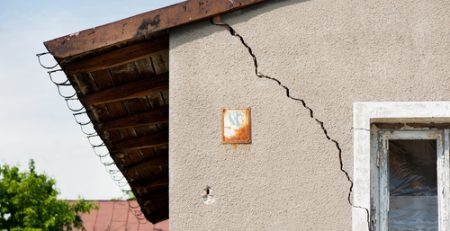How Does Expanded Polystyrene Cladding Insulate Homes?
Expanded polystyrene cladding, often called EPS cladding, is gaining popularity in Australia as a superior insulation solution for homes. But what exactly is it, and how does it work to keep your home comfortable year-round? Let’s dive into the details.
What is expanded polystyrene cladding, and how does it work?
Expanded polystyrene cladding is a form of external wall insulation made from rigid foam sheets. These sheets are composed of polystyrene beads expanded with air, creating a lightweight yet robust material. When installed on your home’s exterior, EPS cladding forms a protective layer that acts as a thermal barrier.
How it works:
- Insulation: The air pockets within the polystyrene create a barrier against heat transfer, preventing cold air from entering your home in winter and hot air from escaping in summer.
- Protection: EPS cladding provides a physical shield against the elements, safeguarding your home’s exterior from harsh weather conditions.
- Soundproofing: The material effectively absorbs sound, reducing noise pollution from outside and enhancing your home’s acoustic comfort.
What are the insulation benefits of expanded polystyrene cladding?
Expanded polystyrene cladding significantly enhances your home’s insulation by effectively addressing the thermal bridging issue. Thermal bridging occurs when heat escapes through conductive materials such as steel or timber studs embedded within your walls. While essential for structural support, these materials can create pathways for heat to transfer more readily, leading to increased energy loss. The benefits of this improved insulation are numerous:
- Lower energy bills: With EPS cladding, your heating and cooling systems will work less hard to maintain the desired indoor temperature. This reduction in energy demand translates directly into lower energy bills, as you use less energy to heat or cool your home.
- Improved comfort: One of the most noticeable benefits of EPS cladding is its enhanced comfort. Maintaining a more consistent indoor temperature throughout the year allows you to enjoy a more comfortable living space, regardless of the weather conditions outside.
- Reduced Carbon Footprint: EPS cladding helps reduce your home’s overall energy consumption by decreasing your reliance on heating and cooling systems. This decrease in energy use contributes to a smaller carbon footprint, making your home more environmentally friendly.

What makes expanded polystyrene cladding more effective than traditional insulation materials?
Compared to traditional insulation materials like fibreglass or mineral wool, EPS cladding offers several advantages:
- Higher R-value: EPS boasts a higher R-value, indicating superior thermal resistance. This means better insulation performance.
- Moisture resistance: Unlike other materials, EPS is not susceptible to moisture, preventing mould and mildew growth.
- Durability: EPS cladding is exceptionally durable and resistant to damage from impacts, pests, and decay.
- Ease of installation: Expanded polystyrene’s lightweight nature makes it quicker and easier to install than other insulation options.
Can expanded polystyrene cladding help reduce your energy bills?
Absolutely! One of the most compelling benefits of expanded polystyrene cladding is its potential to reduce energy bills significantly. EPS cladding, considered one of the best insulation materials, helps maintain a consistent indoor temperature year-round by acting as a robust thermal barrier. This means less strain on your heating and cooling systems, lowering energy consumption.

Practically, you can expect a noticeable decrease in your monthly energy bills. As Australia experiences inflation fluctuations, investing in energy-efficient solutions like EPS cladding becomes a savvy financial decision. Not only will you enjoy immediate savings, but you’ll also be safeguarding your home against future energy cost increases.
How is this cladding installed in Australian homes?
Installing EPS cladding involves several steps:
- Preparation: Your home’s exterior is prepared by cleaning and removing any existing obstacles.
- Installation: The EPS panels are secured to the exterior walls using adhesive and mechanical fasteners.
- Finishing: A protective layer, such as render or cladding, is applied over the EPS to enhance aesthetics and provide additional weather protection.
The installation process is relatively straightforward and can be completed efficiently by experienced professionals.
What environmental benefits does this cladding offer?
Expanded polystyrene cladding is a practical choice for homeowners and a responsible one for the environment. Discover the advantages of EPS cladding for your home:
- Energy efficiency: Significantly reducing your home’s energy consumption for heating and cooling helps lower your carbon footprint. This reduction in reliance on fossil fuels contributes to mitigating climate change.
- Reduced greenhouse gas emissions: With lower energy demands, your home produces fewer greenhouse gas emissions, helping to improve air quality and protect the environment.
- Recyclability: It’s a recyclable material that can be processed and reused to create new products. This closed-loop system minimises waste and conserves natural resources.
- Durability and longevity: EPS cladding is highly resistant to damage, weather, and pests. Its long lifespan reduces the need for frequent replacements, translating to less waste and fewer resources consumed in manufacturing new materials.
- Resource conservation: EPS cladding indirectly contributes to resource conservation by optimising your home’s energy efficiency. It helps reduce the strain on power plants and other infrastructure associated with energy production.
Is this cladding the right choice for your home’s insulation needs?
Expanded polystyrene cladding offers numerous benefits, but it’s essential to consider your specific needs and circumstances. Your home’s climate, insulation, and budget should be evaluated. Consulting with a qualified insulation expert can help determine if EPS cladding is the right choice for your home.
Ready to unlock your home’s full potential? Indeed, polystyrene cladding installation is the key to enhanced comfort, energy savings, and increased property value. Consequently, Jim’s Rendering Sydney is your trusted partner in transforming your house into a haven of warmth and efficiency.
Moreover, our expert team specialises in high-quality cladding installation, delivering exceptional results tailored to your home’s specific needs. From selecting the perfect cladding type to ensuring flawless application, we handle every aspect of the process with utmost precision. Thus, experience the difference of superior craftsmanship and meticulous attention to detail.
Take your time enjoying the benefits of a better-insulated, more comfortable home. Contact Jims Rendering Sydney today for a free quote and personalised consultation. Let us help you create a living space that exceeds your expectations.


